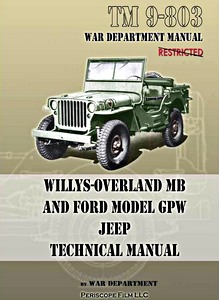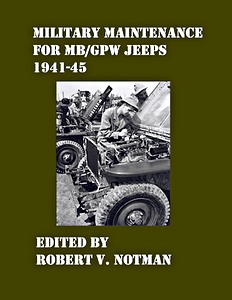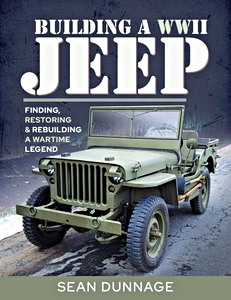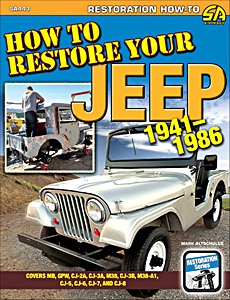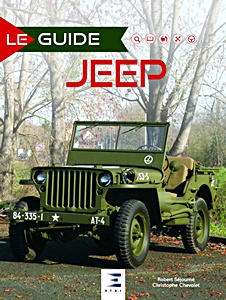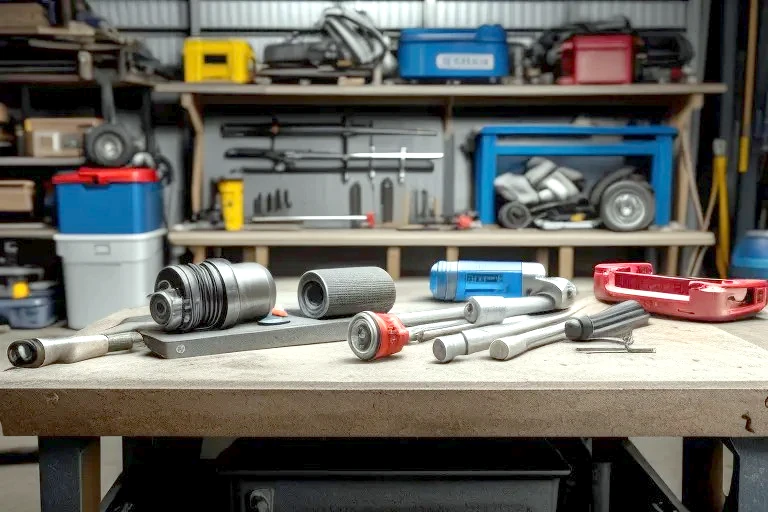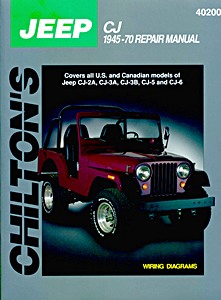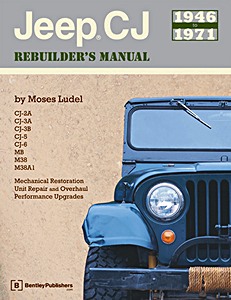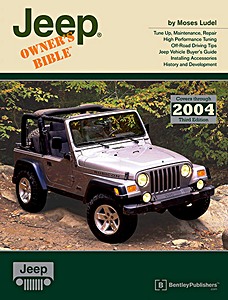The Complete WW2 Military Jeep Manual - Covering Willys Model MB and Ford Model GPW
Dik, compleet werkplaatshandboek voor onderhoud en reparatie van de Willys MB en Ford GPW Jeep modellen (1/4-ton 4x4 Truck) uit de Tweede Wereldoorlog.
Bevat herdrukken van de volgende US Army Technical Manuals:
- TM9-803 (February 1944 - Operation and basic vehicle maintenance),
- TM9-1803A (24 February 1944 - Engine and clutch),
- TM9-1803B (April 1944 - Power train, body, frame and special tools),
- TM9-1826A (uittreksel, December 1952 - Carburetor service).
Specificaties
| Uitvoering: | 510 blz, 21.5 x 13.5 x 3.1 cm, paperback |
|---|---|
| Illustraties: | rijk geïllustreerd |
| Uitgever: | U.S. War Department / Brooklands (USA, 1991) |
| ISBN: | 9781855201217 |
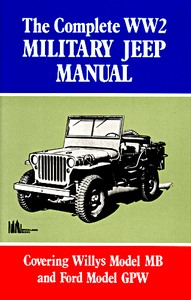
The Complete WW2 Military Jeep Manual - Covering Willys Model MB and Ford Model GPW
Taal: Engels
Beschikbaar bij Amazon - veilig betalen en snelle levering
Kopen bij Amazon NLKopen bij Amazon BE

